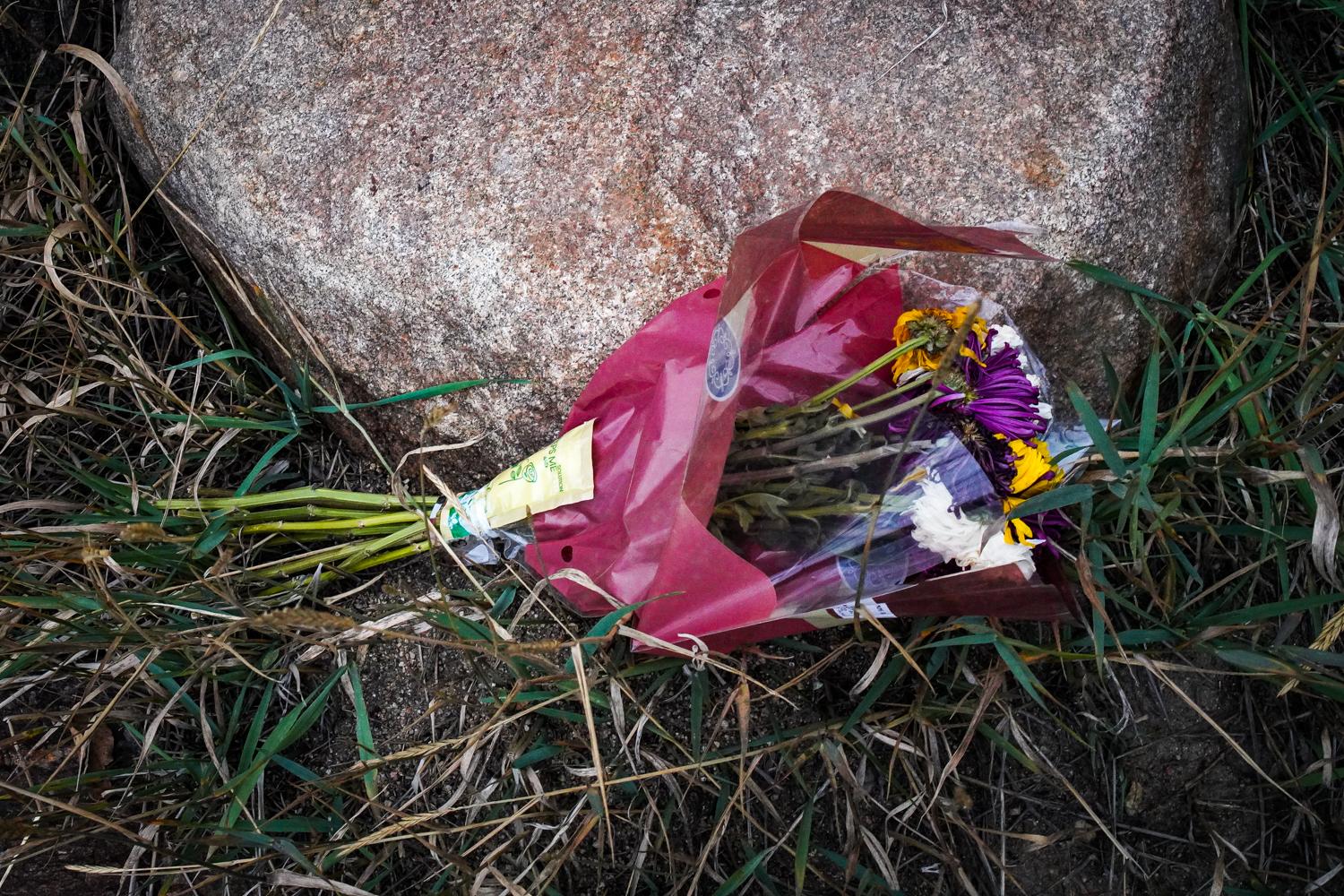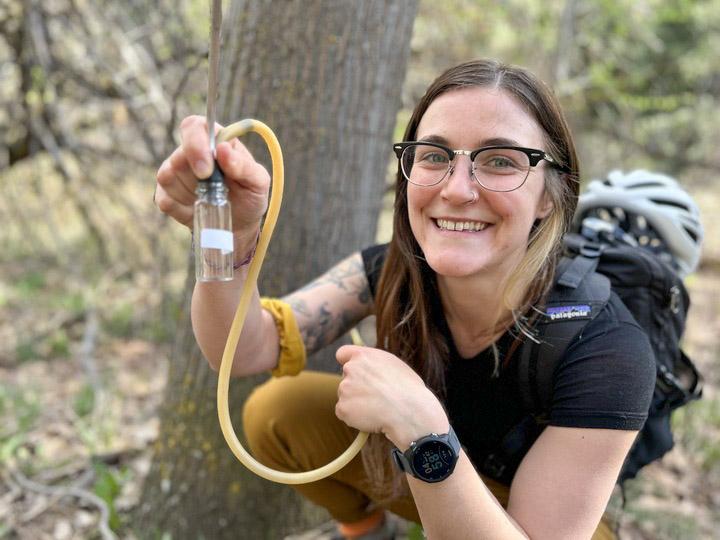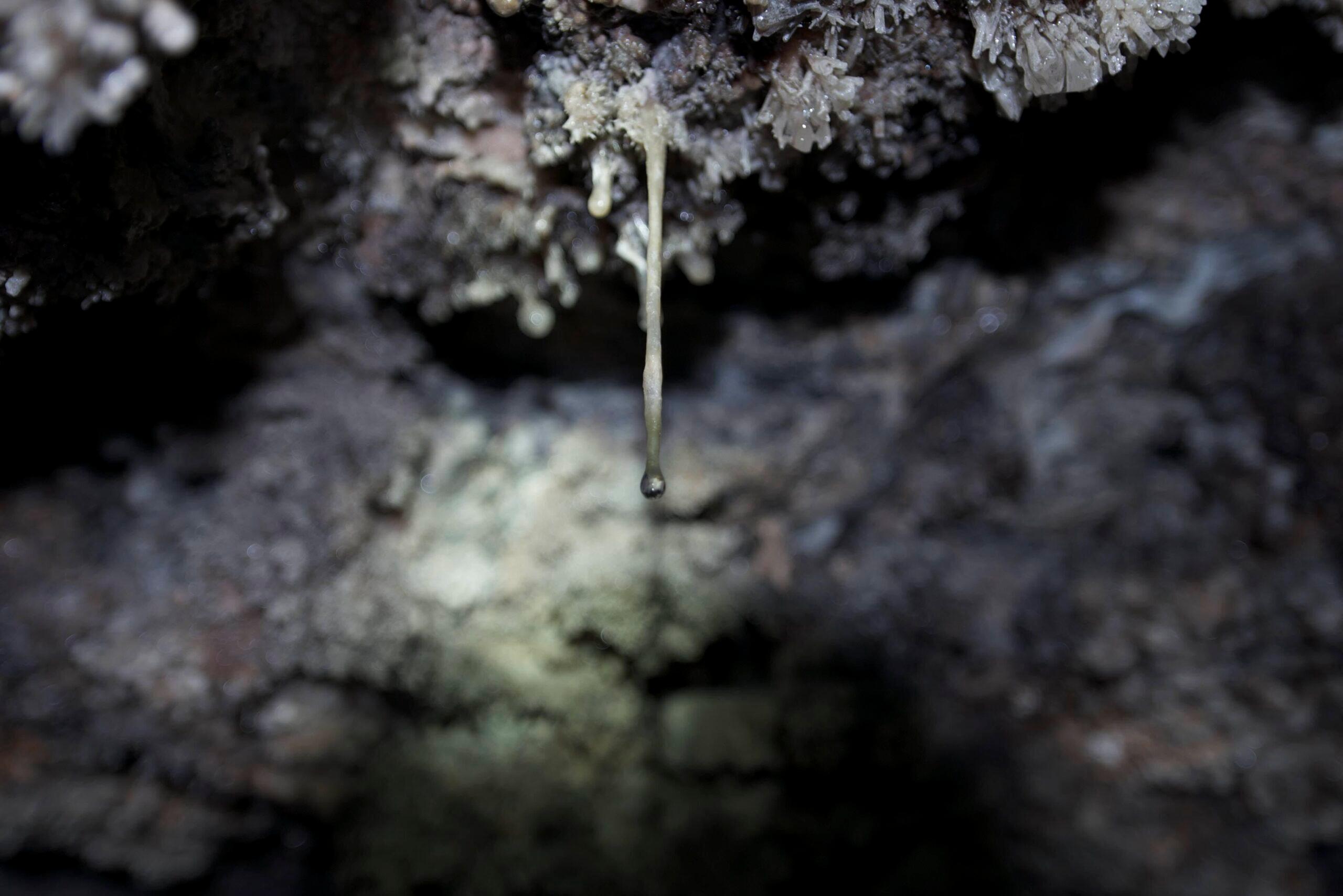
There's a hole in the ground just west of downtown Steamboat Springs. What's inside is now a National Natural Landmark, recognized by the National Park Service as of January.
But don't plan to explore this place. It could be deadly.
Sulphur Cave got its name from how it smells, "like that strong rotten egg smell," said John Spear, a professor of civil and environmental engineering at the Colorado School of Mines. He’s one of the few people to have explored this place.
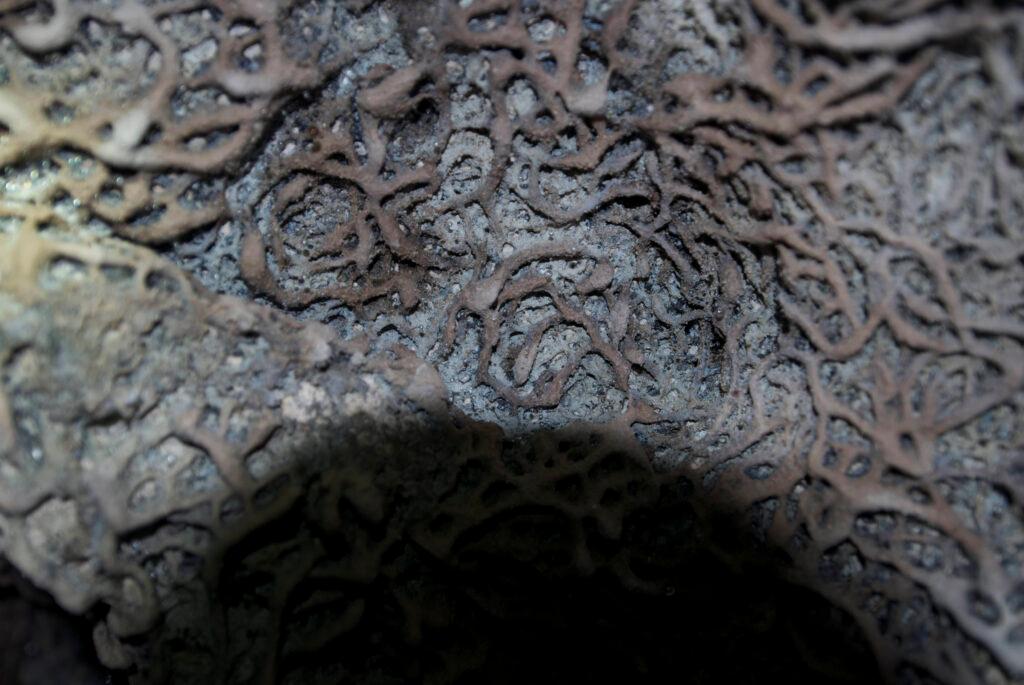
The intense aroma of sulfide means there's a lack of oxygen inside the cave. To explore it safely, Spear and his colleagues had to pump in fresh air. There's about 180 feet of passage and two "small rooms" that you can "crawl around."
Spear said that three "remarkable" things were found inside this cave. On the ceiling and the walls are vermiculations, a pattern that Spear describes as "overcooked sweet potato French fries."
There are also snottites, that are like "snot drips that hang off the ceiling of the cave, and they're gooey and mucus-y and kind of disgusting looking," Spear said.
The third thing is a blood-red, brownish worm. It was a "completely unexpected find," Spear said. "We were stunned."
These worms are only found a few places on Earth. In this cave, they live in the water and survive by consuming microbes that live on the surface of the rocks. The worms can detoxify the sulfidic air and live on trace amounts of oxygen.
"It's just a completely unique kind of life making a unique kind of living in a very unique place," Spear said.
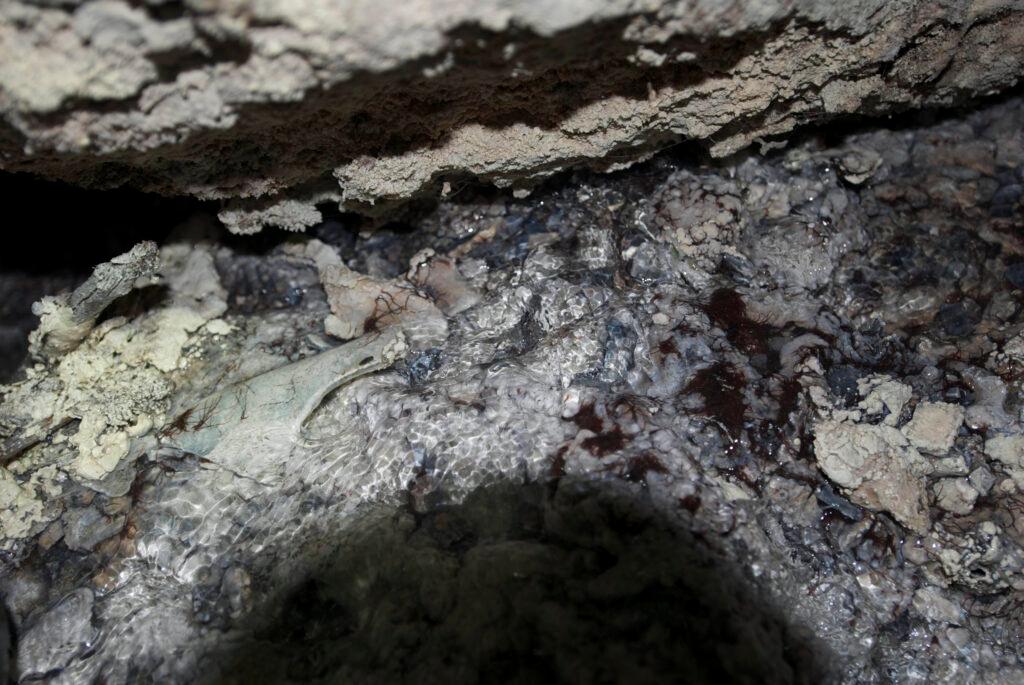
This cave isn't like Garden of the Gods or Hanging Lake, which are both National Natural Landmarks. Spear is grateful that Sulphur Cave is now on the same list as these traditionally scenic spots.
"We are protecting something that we understand to be beautiful, but it's also dangerous," he said. "I think it's great to have designation for an equally as unique place that you might not be able to access very easily, but we're setting it aside and recognize it for its specialty."

